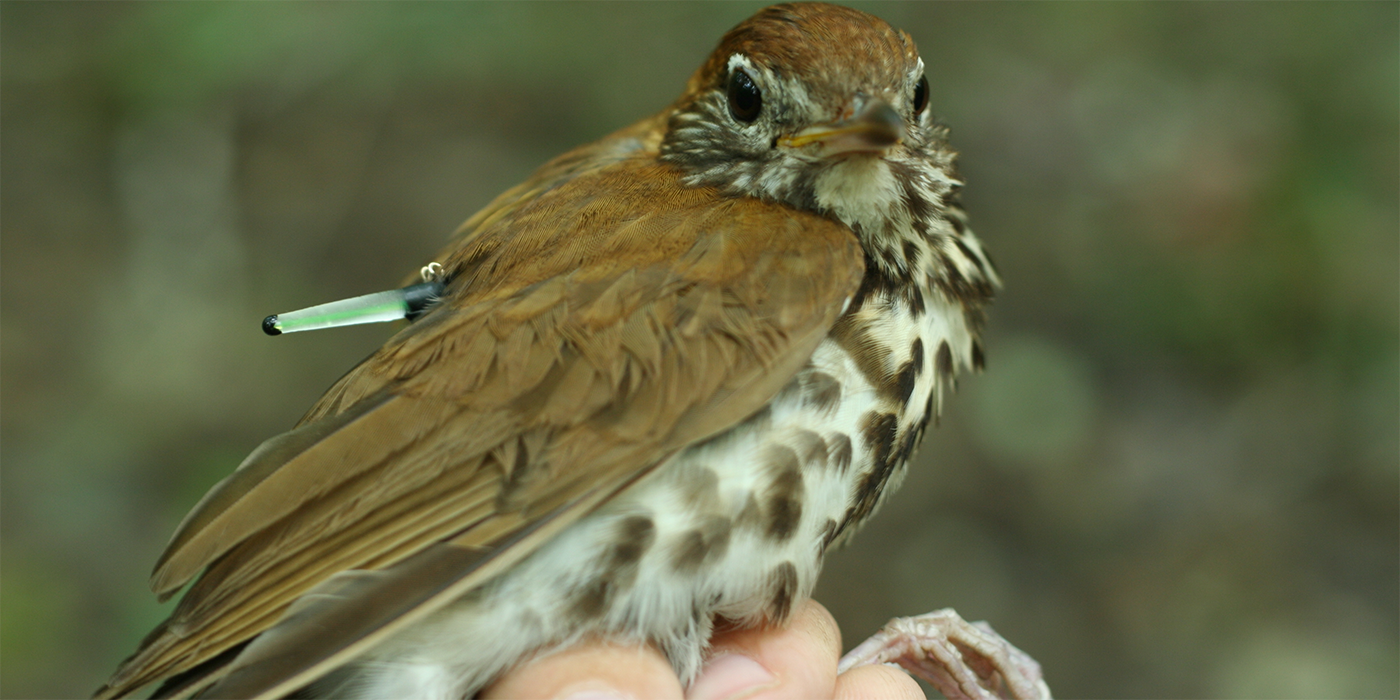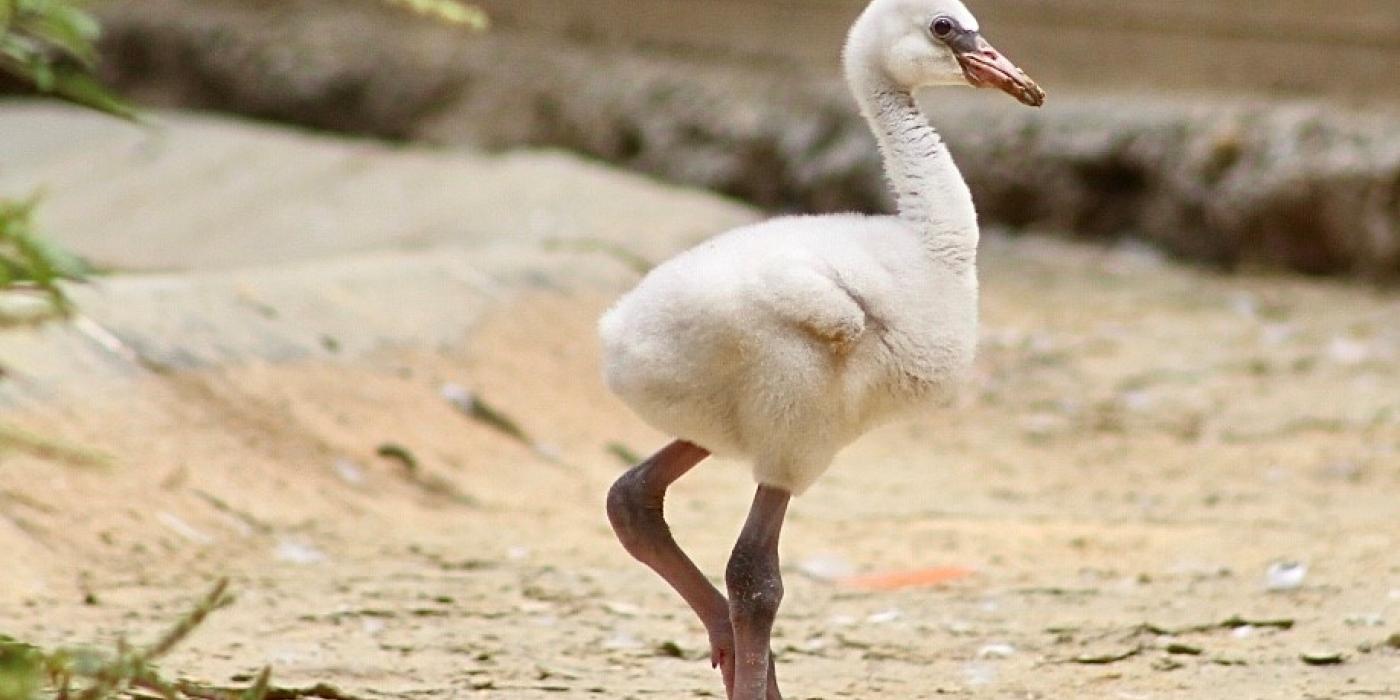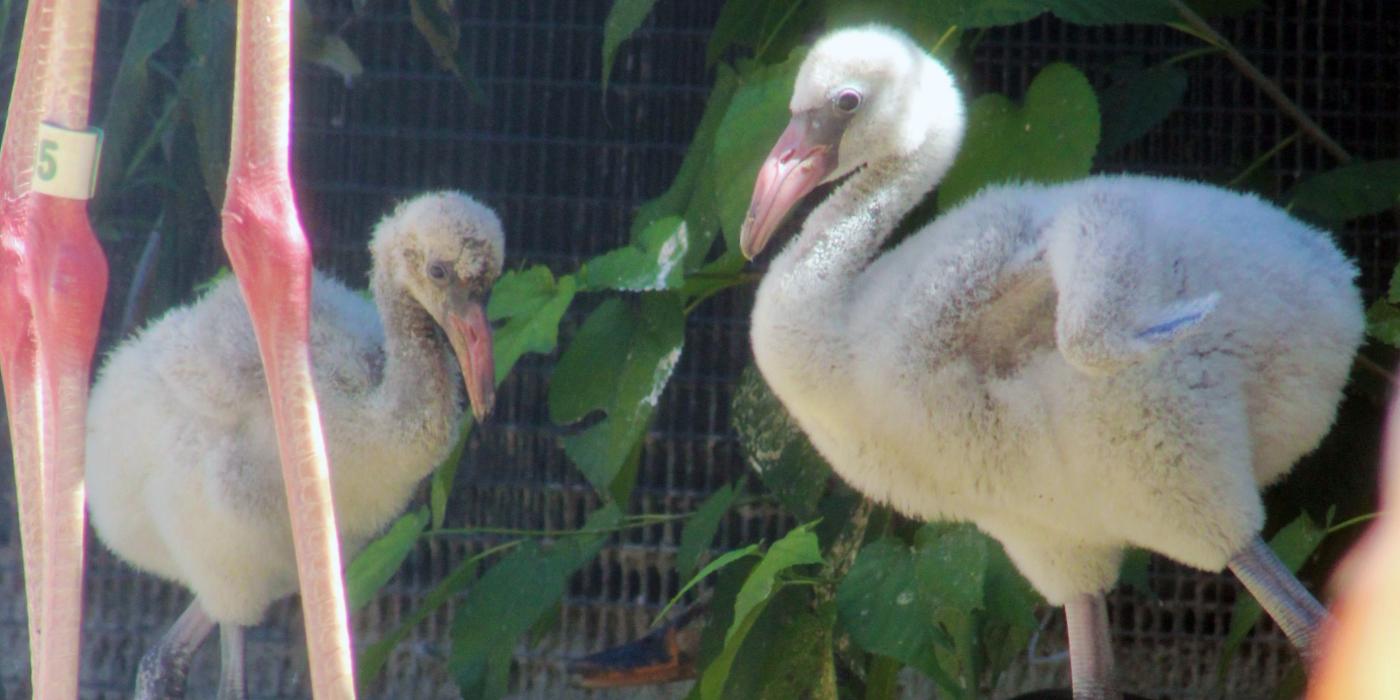A "Sing"-ular Sensation
Wood Thrush

Over the quiet murmur of a woodland stream and the subtle whisper of breezes through the leaves of tall trees, the rich, liquid song of a Wood Thrush resonates through the morning air. Dew on fern fronds glistens as the cinnamon-backed thrush descends to the forest floor, hopping through layers of dead leaves in search of insects.
Thus begins a typical summer day in moist and shady deciduous forests throughout the eastern United States, where the sensory experience of a walk in the woods is enriched by the flute-like sounds of the Wood Thrush. These sounds have inspired many lofty descriptions, such as this excerpt from the writings of a naturalist in the 1930's:
“As we listen we lose the sense of time—it links us with eternity…Its tones…seem like the vocal expression of the mystery of the universe, clothed in a melody so pure and ethereal that the soul still bound to its earthly tenement can neither imitate nor describe it.”
Perhaps the most famous reference to the Wood Thrush's song is this quotation from the writings of Henry David Thoreau,
“The thrush alone declares the immortal wealth and vigor that is in the forest. Here is a bird in whose strain the story is told…Whenever a man hears it he is young, and Nature is in her spring; whenever he hears it, it is a new world and a free country, and the gates of heaven are not shut against him.”
The legendary "ee-o-lay" song of the Wood Thrush is actually a one-bird duet. Because the Wood Thrush has the equivalent of two sets of "vocal cords," it is able to sing two overlapping songs at once. In other words, the Wood Thrush sings with two voices simultaneously. The syrinx, or voice-box, of the majority of bird species contains two membranes which when vibrated produce sound. The ability to control each membrane independently makes birds such as the Wood Thrush capable of impressive vocal gymnastics.
The Wood Thrush is a close relative of the American Robin. In addition to bearing a family resemblance in their plump body shape and mannerisms, the robin and the Wood Thrush are alike in that they both use mud in building their nests. The mud is used to form a deep cup, which robins line with grasses and Wood Thrushes with fine rootlets. Unlike robins, Wood Thrushes always use dead leaves as a base for the nest. Often they will also incorporate strips of white paper, cloth, plastic, or other human trash into the base. Although it might seem as if the white, "unnatural" components would make the nest more conspicuous and thus more vulnerable to predation, it may actually have the opposite effect. By breaking up the outline of the nest, the white items may make the nest less noticeable.
Whereas robins can be found across most of the United States throughout the entire year, Wood Thrushes are here only from April through September. By mid-August, they have begun a mass exodus from their breeding grounds en-route to their winter homes in tropical forests from southeastern Mexico to Panama.
Migrating primarily at night, Wood Thrushes travel an average distance of 2,200 kilometers between their breeding and wintering grounds. Like runners in training for a marathon, Wood Thrushes change their diet in preparation for their long-distance journey. The switch is from protein-rich insects, which constitute the bulk of the food consumed while raising young, to energy-rich fruits, especially berries. The carbohydrates and lipids in the fruit readily convert to fat, which provides the fuel necessary for migration. As such, fruiting plants are a critical resource for many migrating birds.
The Wood Thrush has been a frequent subject of ecological research. The impetus for much of the research has been to elucidate the causes of a 1.7% per year decline in the species over much of its range, as detected by the Breeding Bird Survey between 1966 and 1994. Research conducted on the breeding grounds has centered on the effects of forest fragmentation on nesting success.
Forest fragmentation refers to the reduction of extensive, contiguous forest into smaller, disjunct parcels separated by roads, agricultural fields, houses, shopping malls, and other "development." Carving up a forest into smaller parcels creates more forest edge relative to forest interior, a configuration which makes birds' nests, eggs, and young "easy pickings" for predators and Brown-headed Cowbirds, which are more numerous along forest edges (the Brown-headed Cowbird is a "brood parasite," which means it lays its eggs in other birds' nests, often to the detriment of the host young). Predators include chipmunks, raccoons, squirrels, grackles, Blue Jays, and crows.
Research findings demonstrate that Wood Thrush nesting success is indeed greatest in unfragmented forests. Success rates decline with forest patch size primarily as a result of increased predation on eggs and young. This pattern has been widely detected across the breeding range and is thought to be a key contributing factor behind population declines.
The impact cowbirds have on the nesting success of Wood Thrushes seems to be less correlated with forest size and more determined by the population density of cowbirds. As such, effects of brood parasitism are particularly severe in the Midwestern United States where cowbirds are in great abundance. In one five-year study conducted in Illinois, 100% of the Wood Thrush nests found were parasitized. Overall, these nests contained four times as many cowbird eggs as Wood Thrush eggs, leading one researcher to conclude that Wood Thrushes in Illinois are raising more cowbirds than they are their own species. In contrast, brood parasitism rates in the mid-Atlantic and Northeast are relatively low.
The candle is burning at both ends for the Wood Thrush, as it is for many birds that breed in temperate North America and winter in the tropics of Latin America. At the same time that conditions on the breeding grounds are deteriorating, the tropical forests preferred by wintering Wood Thrushes are rapidly disappearing.
Wood Thrushes lead one of two lifestyles while on their wintering grounds. They either lay claim to a territory within forest, which they will defend and occupy for the duration of the season, or they are forced-- due to a limited amount of prime habitat—to lead a more nomadic life in disturbed habitats of inferior quality. The nomadic birds are less likely to survive the season than their territorial counterparts, in part because of the lack of a "home-court" advantage when it comes to escaping predators. As more forest is cleared, more birds will be forced to rely on inferior habitats, and fewer birds will live to make the next migration back to the United States.
If we care to ensure that the song of the Wood Thrush will continue to grace our forests each summer, we must protect our remaining large tracts of forest and minimize "development" which contributes to fragmentation. Nothing puts this into perspective better than a bird's-eye view.
Song recorded by John R. Sauer, USGS Patuxent Wildlife Research Center.

